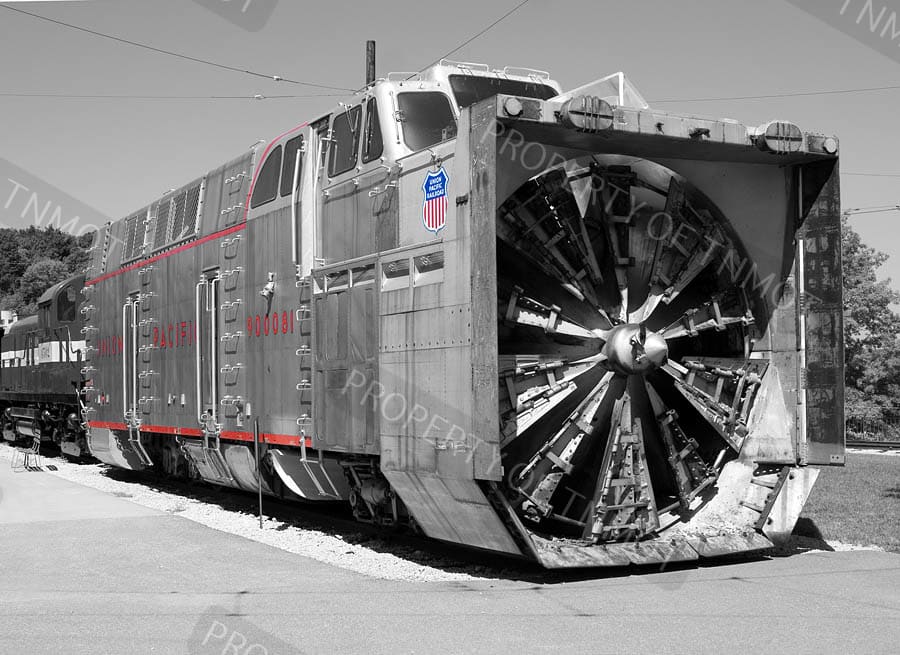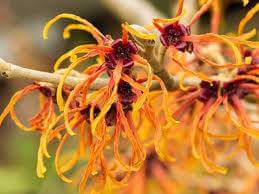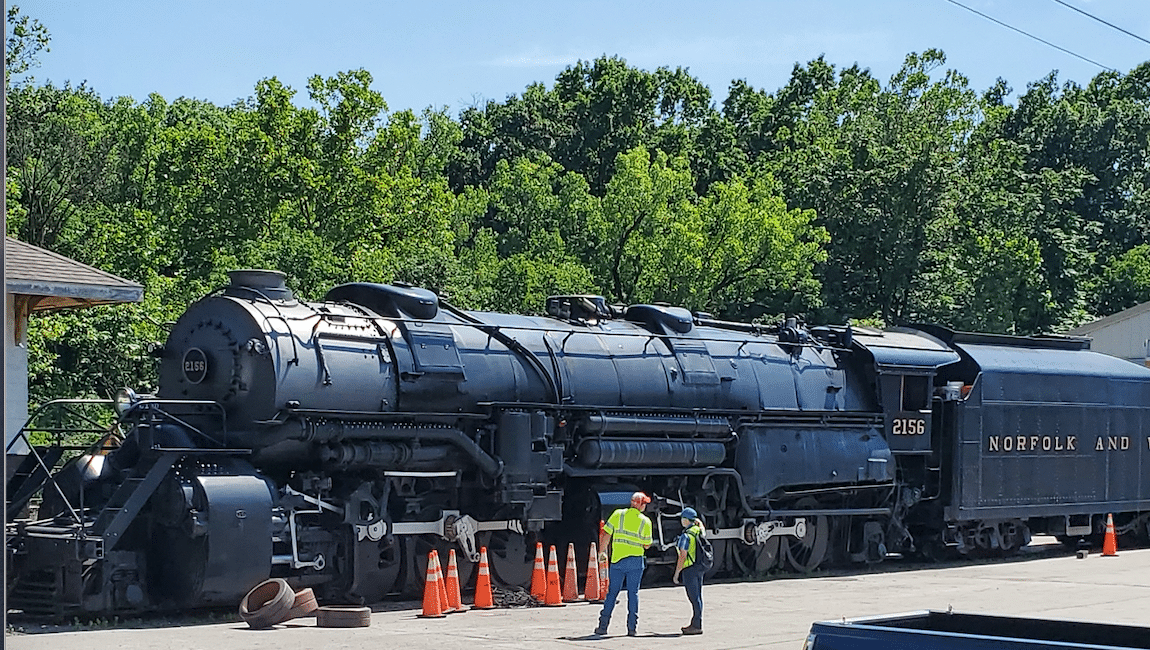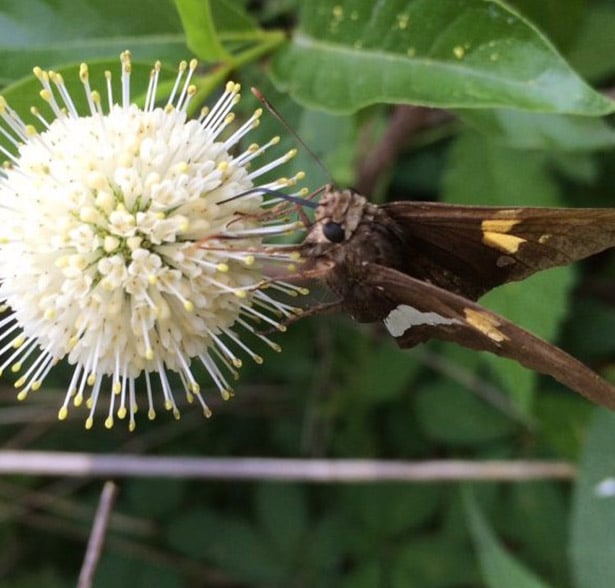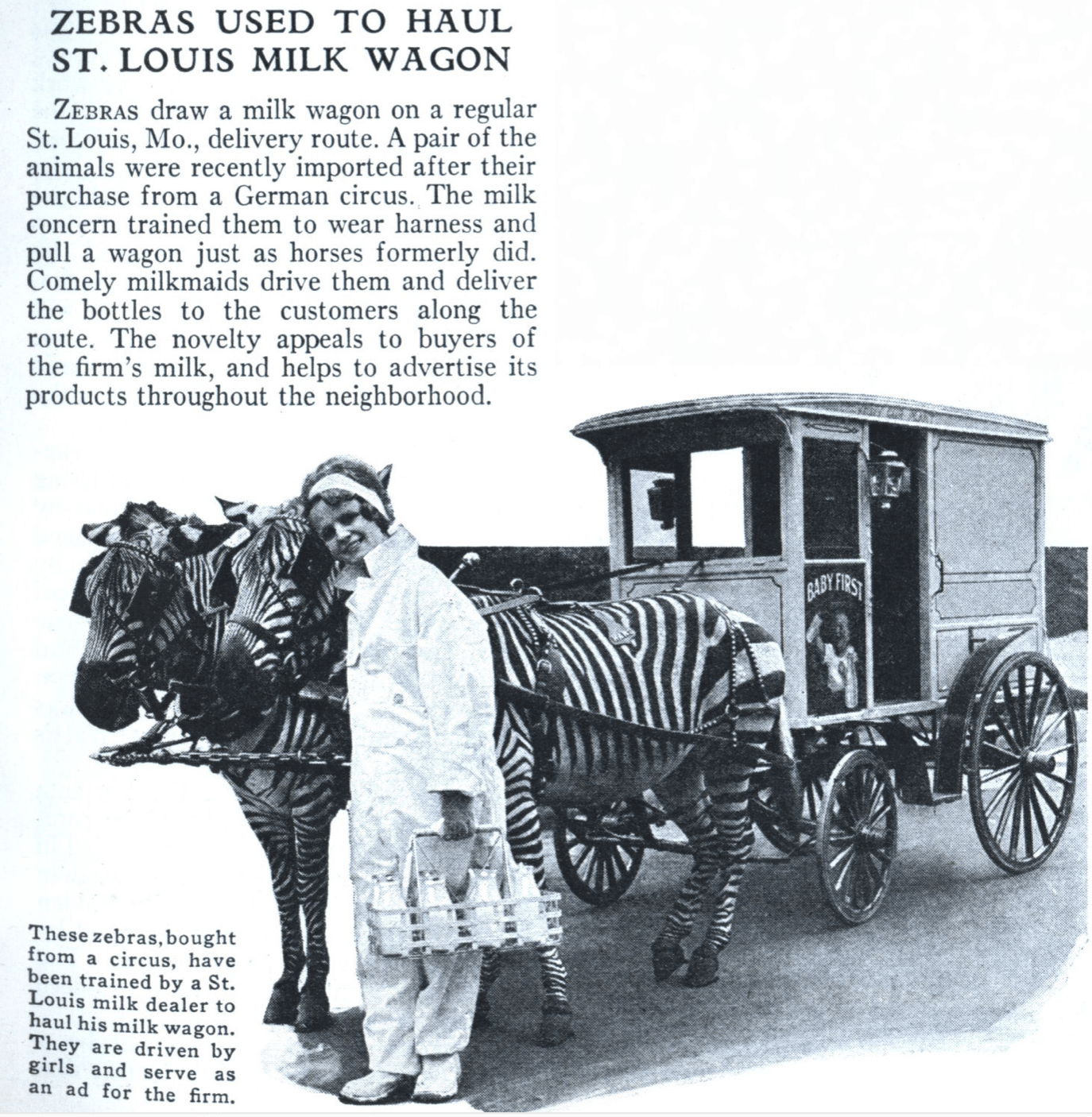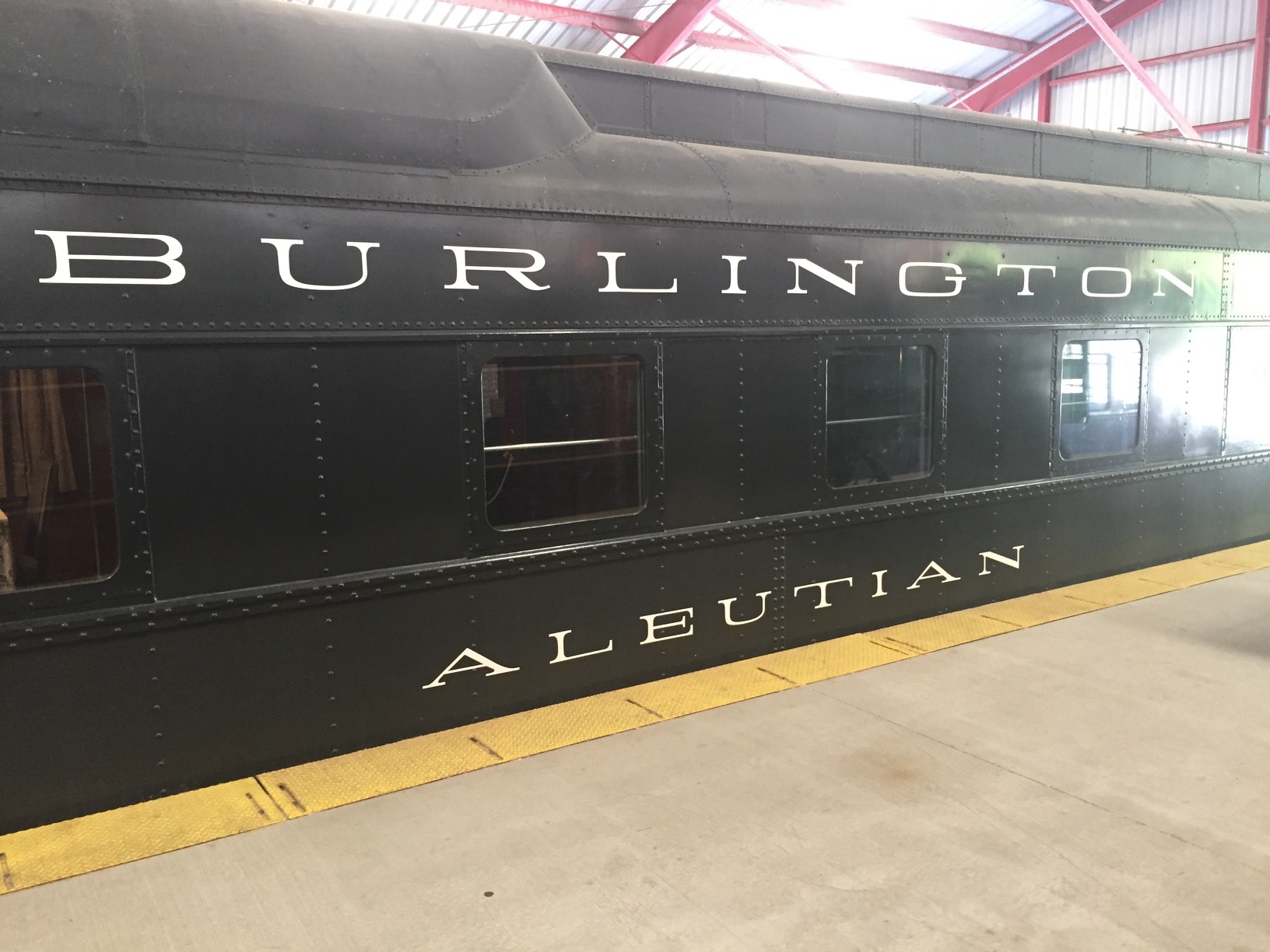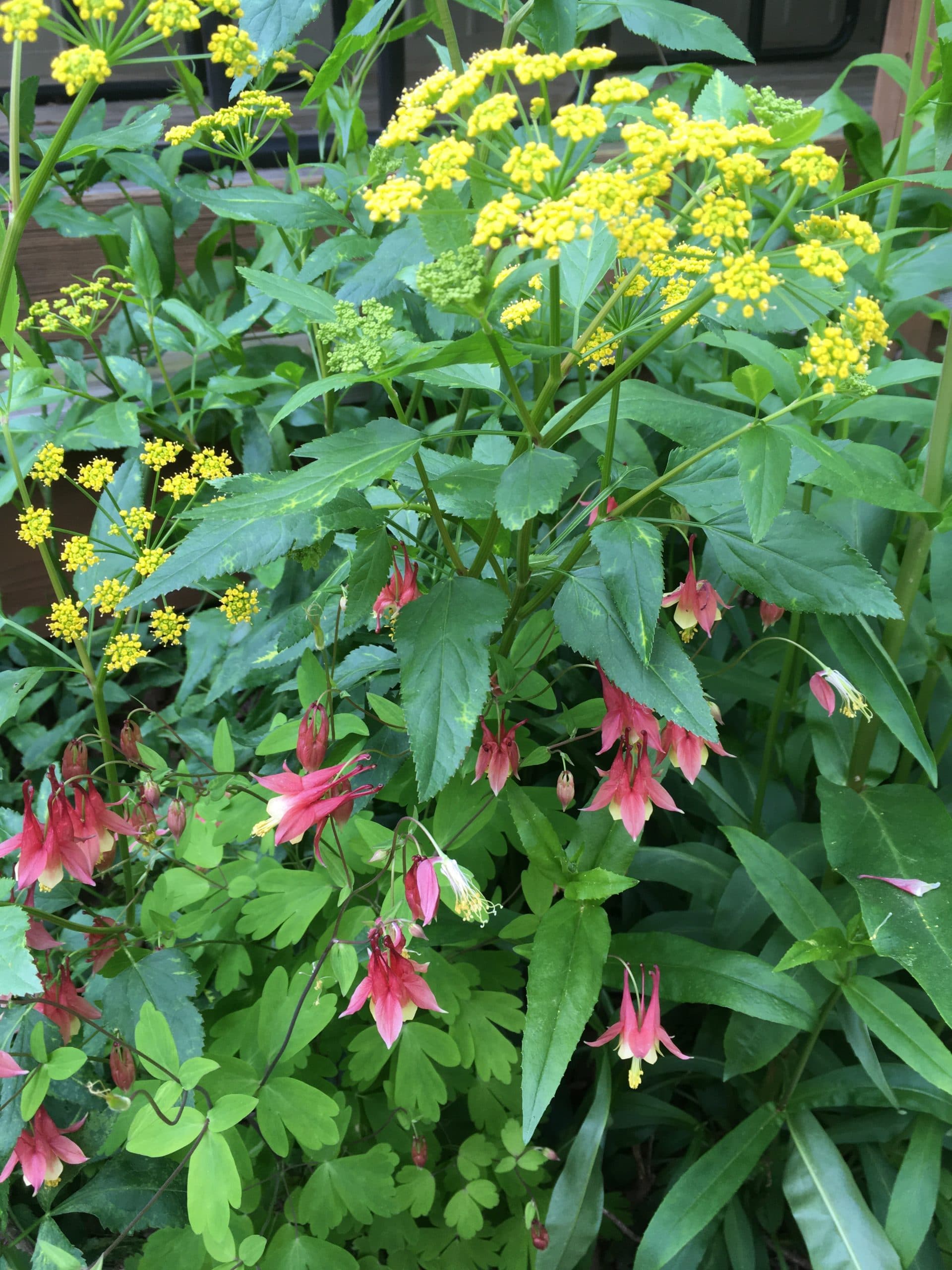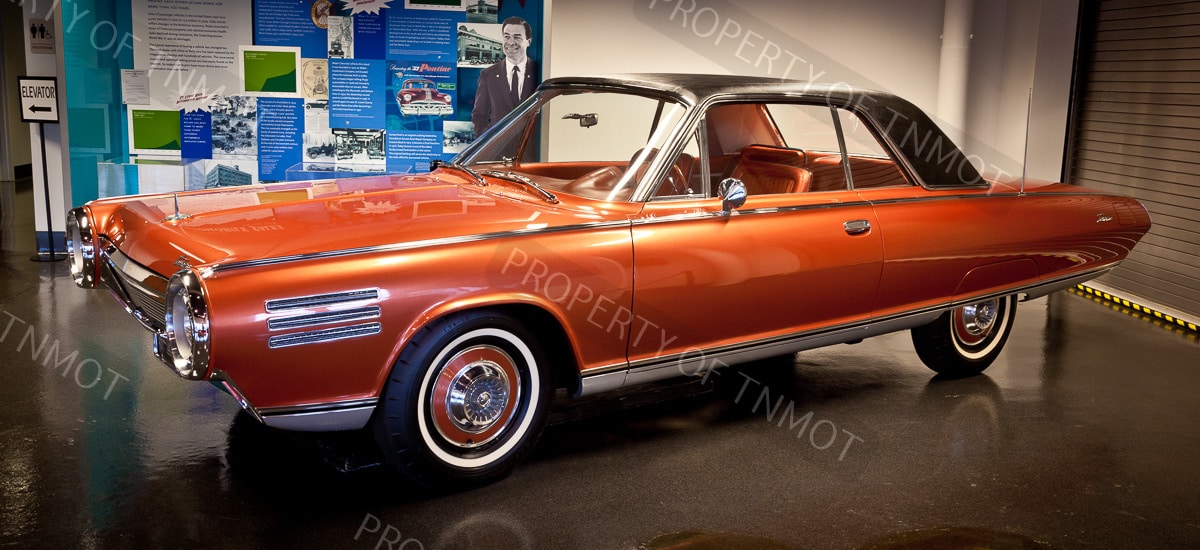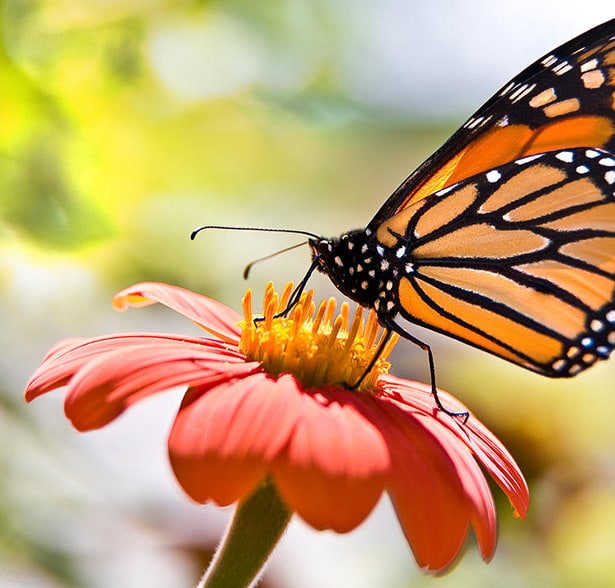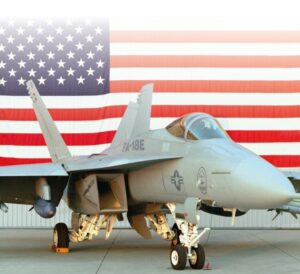The Museum of Transportation’s Pollinator Junction promotes a healthy growing environment and happy place to “bee” for pollinators and us.
Pollinator Junction’s mission is to demonstrate “Gardening for Life:” living creatures, interactive opportunities, food chain support and an eco-balance for us all!
This Missouri parkland, located in St. Louis County’s metropolitan area, offers a unique relaxed opportunity in a condensed space where people can “pause for pollinators” in a naturally pleasant place and see them as they live and thrive.
Enjoy “backyard ecology” as you watch and learn about our flower-powered pollinators.
Visitors will see season-long displays of “functional” flowers, grown for their ability to make food for all of Missouri’s primary pollinators.
Our winged pollinator guests are butterflies and skippers, nectar moths, hummingbirds, various types of “too busy to care about us” bees including our native gentle orchard bees, bee mimics and flower beetles such as ladybugs.
View day-to-day gardening and stewardship activities that are part of the fun of caring for this “home for pollinators.”
The Transportation Museum Association and St. Louis County Parks coordinated on this pollinator preserve. Nearly 7,000 square feet, the pollinator park was installed in September 2016 in co-operation with, and support from, the St. Louis Chapter of Wild Ones, Madelyn. A. Kestler, St. Louis County Parks Foundation, The St. Louis County’s Children’s Garden Club, Shaw Nature Reserve, Hillermann Nursery, Sherwood Forest Nursery, Greenscape Nursery, Isabee’s Bee Keeping Supplies, Forrest Keeling Nursery, Forest Lawn Nursery, Forshaw St. Louis, Tom Krauska, Sugar Creek Nursery, Missouri Wildflower Nursery, Forest Releaf, Papillon Perennials and our horticulture volunteers.
Once an expansive sterile monoculture of grassy turf, Pollinator Junction is now a living exhibit of various cultivated and natural site conditions including wet, dry, sun and shade–an all season food fest for pollinators. All of the trees, shrubs perennials, bulbs and annuals were chosen for their ability to feed and support the tiny workforce of pollinators that that have the big job of transporting pollen from flower to flower!
Come see how to help your landscape become a well stocked “food pantry” for pollinators!









